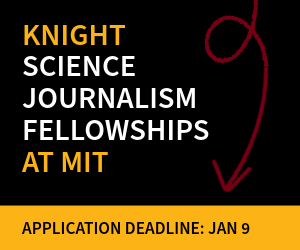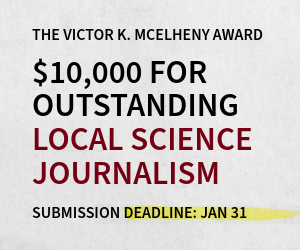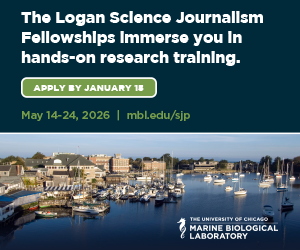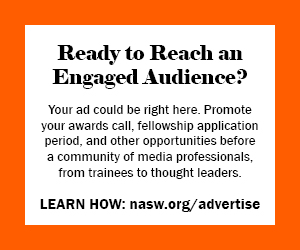The key to countering science denial through journalism is to tell a good story. That's the view of Sean Carroll, a University of Wisconsin-Madison geneticist and vice president for science education at Howard Hughes Medical Institute, who spoke at April's NASW-sponsored "Science Writing in the Age of Denial" conference. Carroll discussed narrative theory’s relationship to cognitive psychology. From the Summer 2012 ScienceWriters.
Science writing news
Arthur Lupia, political science professor at the University of Michigan, thinks there's a reason why journalism so often fails to connect with its audience. It's because journalists focus too much on transmitting information and not enough on understanding their audience's starting point. He spoke at April's NASW-sponsored "Science Writing in the Age of Denial" conference at the University of Wisconsin-Madison. From the Summer 2012 ScienceWriters.
The 2012 Olympics begins today in London, as the 19th International AIDS Conference concludes in Washington. The science and medicine of the Olympics, from brain to brawn: mental prep, swimming, pseudoscience, air pollution, the medal metals, comparing athletes with spectators, and more. Apps for keeping up with the games: iPhone, Android, tablets, TV, and maybe Twitter, which is having trouble staying up. Bone marrow transplants may have cured two more HIV infections. Getting antiviral drugs
UPDATED 11:37 7/21/2012, It's FDA Week! But not in a good way. FDA was revealed to have spied extensively on its scientists and also science journalists and politicians. The agency counterpunched by approving high-profile drugs for preventing HIV infection and promoting weight loss and treating myeloma and breast cancer.. It also banned BPA in baby bottles and sippy cups although there is no BPA in baby bottles and sippy cups.
“A zebra’s stripes may protect it from blood-sucking insects.” May I say that in an article aimed at second graders? That wouldn’t be appropriate. “Protect” and “insect” are words that fourth graders understand, but not those in lower grades. From the Spring 2012 ScienceWriters.
DNA studies reveal that the First Americans came from Asia in 3 main groups. And then they mingled and merged. The oldest American human remains, from Oregon, are now dated at 14,500 years ago. They are not bones. Tools from this site are different from Clovis, and maybe older. SCOTUSblog presents a tick-tock explaining how and why CNN and Fox News messed up the Supreme Court's Obamacare decision so badly. Is "Obamacare" a dirty word?
New record for retractions from a single author: 172. 13% of retractions come from anesthesiologists: Is there something in the air? The Higgs boson: Theology, epistemology, pedagogy, multimedia, and science writing. Sidebar on Jonah Lehrer, Malcolm Gladwell, and how to avoid accidental plagiarism.
As readers of this column likely experience on a regular basis, the way other people perceive our work can be quite context dependent. We are particularly sensitive to contextual variables like scientific literacy level and socioeconomic background in our audience. From the Spring 2012 ScienceWriters.
CNN and Fox News declare Obamacare unconstitutional. But the US Supreme Court says the Affordable Care Act is constitutional after all, flabbergasting many. Prognostication's sorry record. The taxing politics of Obamacare; will people pay the penalty rather than buy medical insurance? Now it's up to the states, and some of them will decline to expand Medicaid. The law's impact on medical research is likely to generate ideas for science and medical writers. And in other news, more Higgs boson



